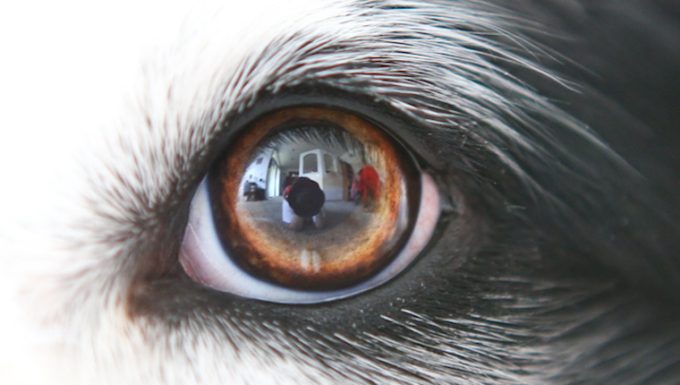Chorioretinitis in dogs affects a dog’s eyes. Subsequently, dogs who develop chorioretinitis end up with an inflamed retina or choroid. In short, the choroid is found under the retina.
Secondly, the condition can also result in a detached retina. Generally, this will cause a loss of vision.
In some cases, the condition can be caused by an infection. On the one hand, all dogs can develop this problem. However, the Siberian Husky, Akita and Chow Chow breeds are most at risk of developing it.
If you see the signs of chorioretinitis in your dog, get to a veterinarian for a proper diagnosis and treatment.
Here’s what you should know about the symptoms, causes, and treatments for chorioretinitis in dogs.
Symptoms Of Chorioretinitis In Dogs
Chorioretinitis in dogs can produce a number of symptoms. For example, some of the most common symptoms of the condition include the following:
- Watery discharge from the eyes
- Seeming to be in discomfort all the time
- Trying to paw at the eyes a lot
Additionally, when a dog’s eyes are examined for chorioretinitis, the retina might look discolored or grey areas might be seen.
Causes Of Chorioretinitis In Dogs

There are a wide number of causes of this condition. In short, some of the most common causes include the following:
- Infections (fungal, bacterial and viral)
- Parasites
- High blood pressure
- Autoimmune diseases
- Distemper
- Blood poisoning
- Trauma
Treatments For Chorioretinitis In Dogs
Firstly, if you notice your dog is suffering from chorioretinitis, your vet will carry out a full physical examination. Secondly, close attention will also be paid to the eyes. Additionally, your dog’s blood pressure will be monitored.
Next, fluid samples from the eye may be ordered. Following those, a spinal tap might be suggested. This is to look for signs of an infection.
Treating the condition often consists of using steroids. As always, follow your vet’s dosage and frequency instructions closely. Also, complete the full course of medication that has been prescribed.
Have you ever adopted a dog who developed chorioretinitis? How did your vet help your dog recover? Let us know in the comments section below.









